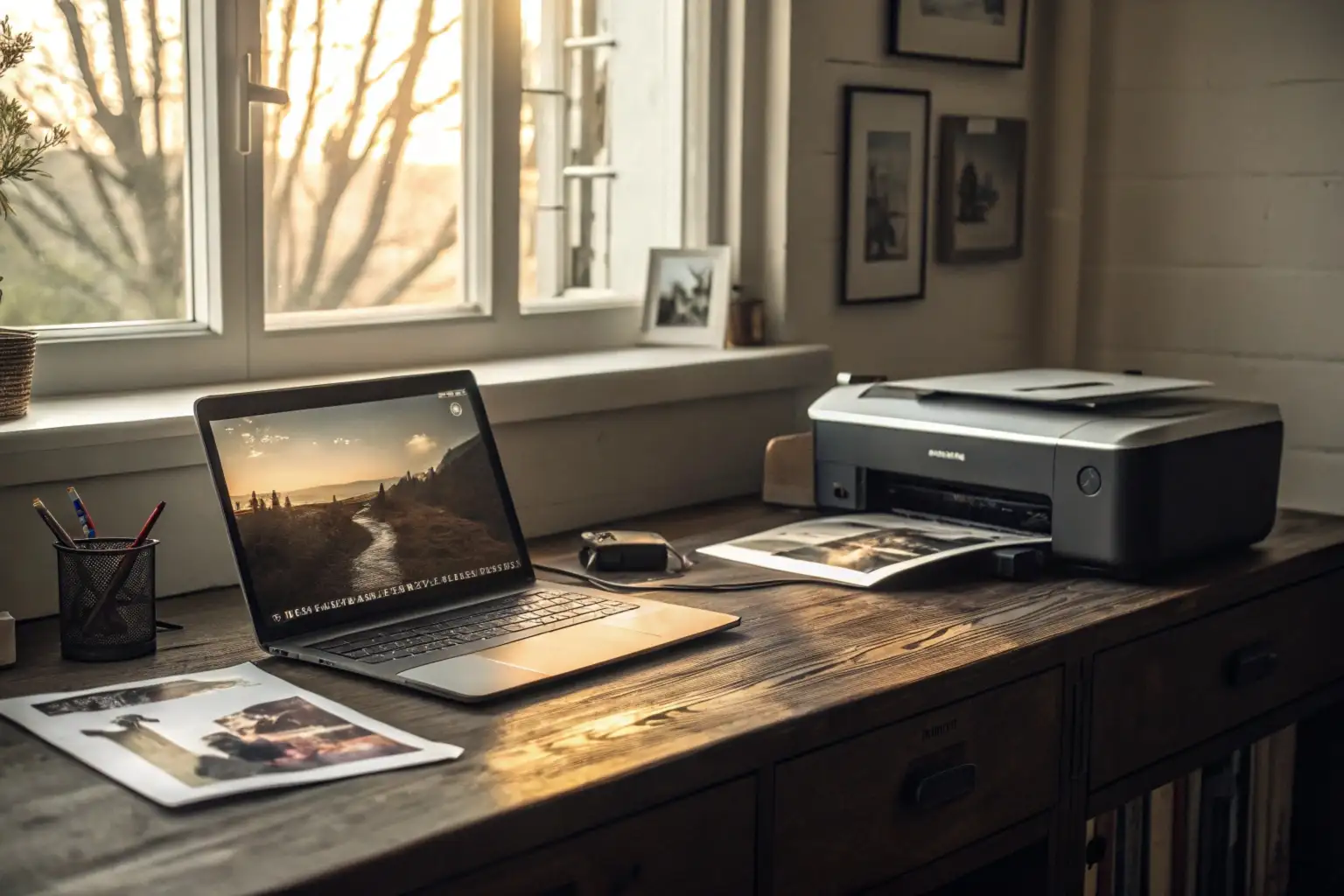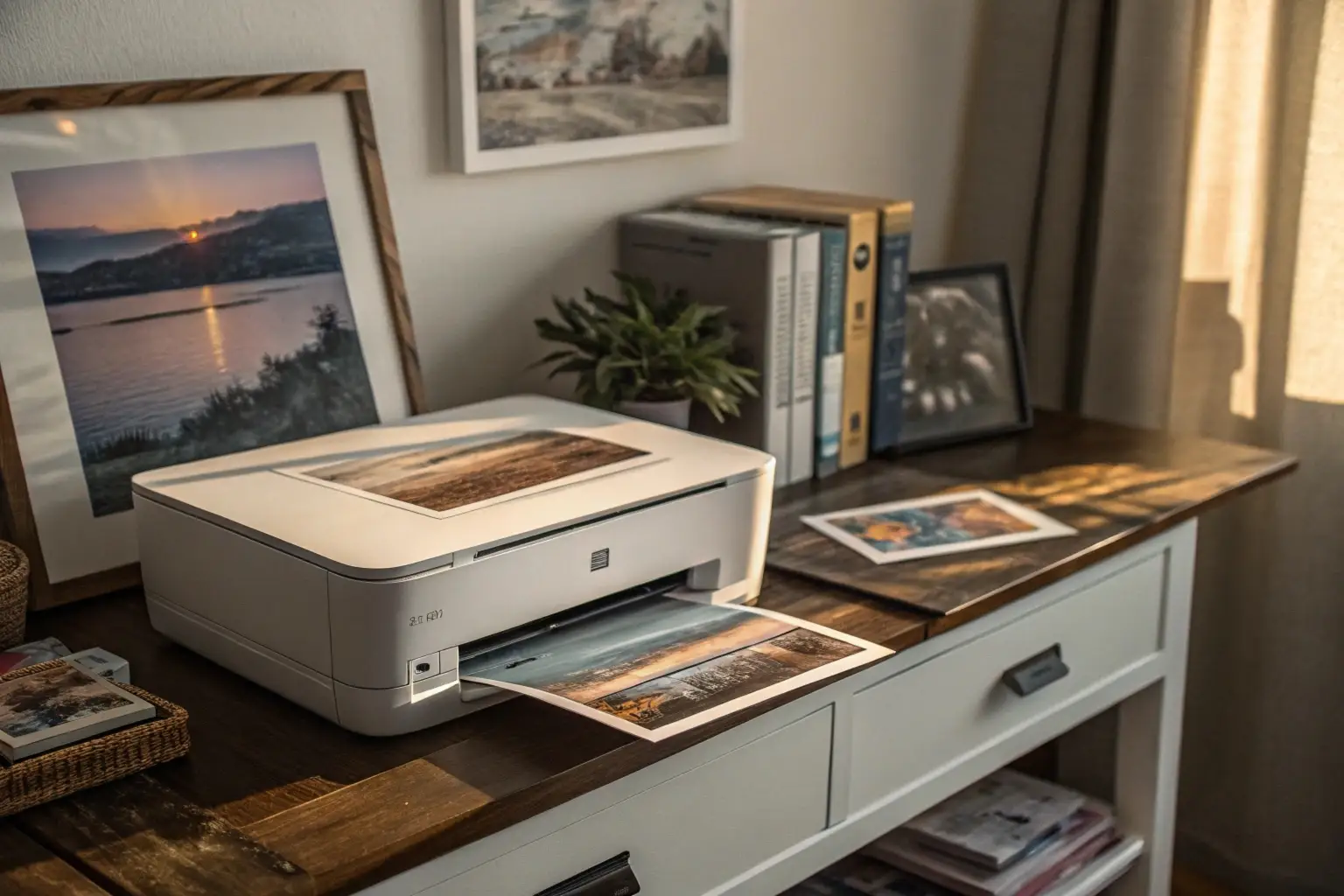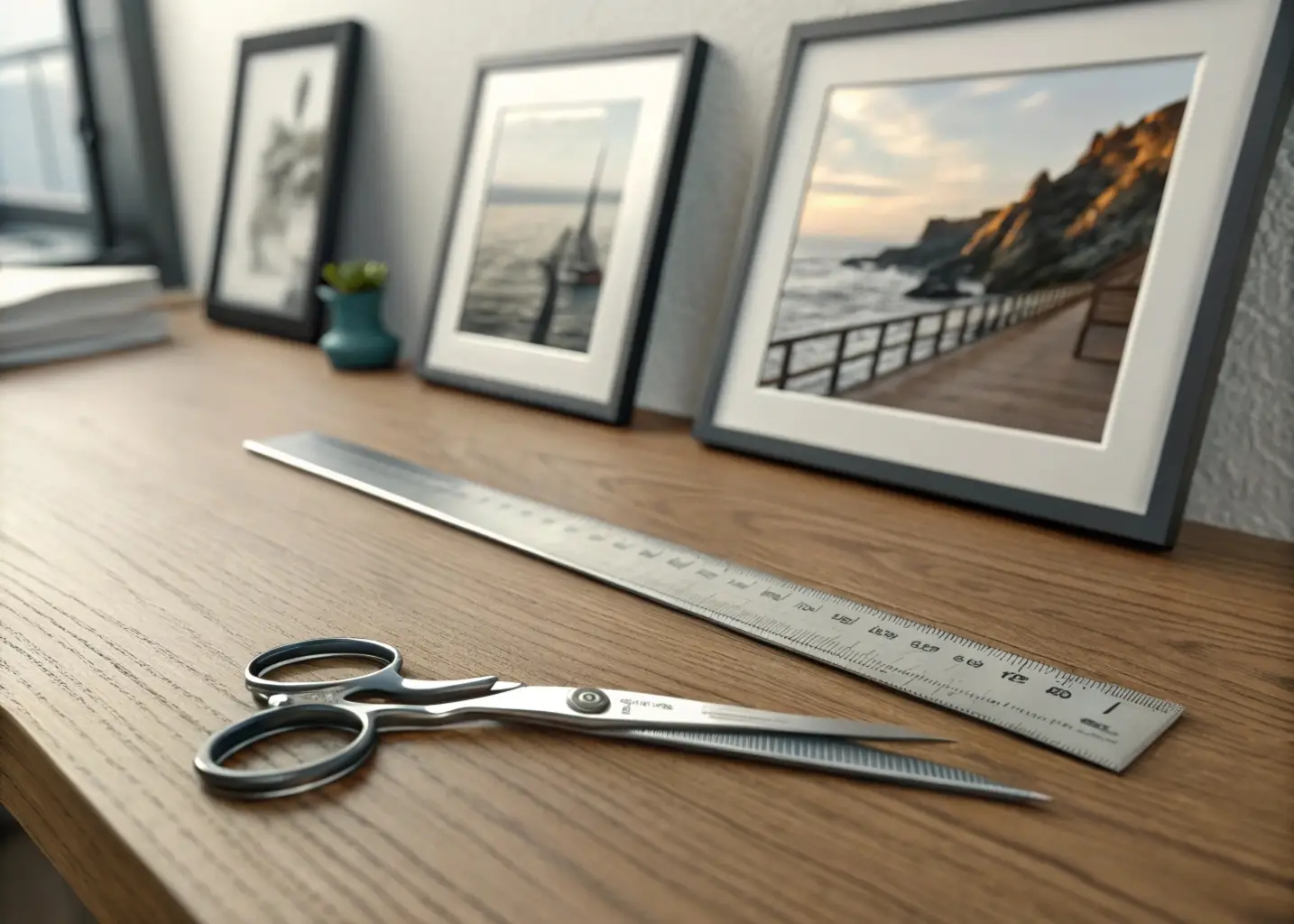Aspect Ratio Calculator
Calculate and convert image dimensions while maintaining aspect ratios. Perfect for designers and developers who need to resize images proportionally.
Image Dimensions
Enter the dimensions of your image
Aspect Ratio Result:
Crop Preview
Visualize how your image would look when cropped to different aspect ratios. This interactive preview helps you understand how various aspect ratios affect your image composition before making any changes.
Enter dimensions in the calculator above to preview different aspect ratios
Select an aspect ratio below to preview how your image will look when cropped. Choose between portrait or landscape orientation based on your needs.
Portrait
Landscape
Square
Common Print & Photo Aspect Ratios
Reference this comprehensive table of standard print sizes and their corresponding aspect ratios. Understanding these common ratios helps you prepare your images for various print formats and frame sizes.
| Aspect Ratio | Print Sizes (in) |
|---|---|
| 1:1 (1) | 4×4, 5×5, 8×8, 10×10, 12×12, 16×16, 20×20, 24×24, 30×30 |
| 6:5 (1.200) | 6×5, 12×10, 18×15, 24×20 |
| 5:4 (1.250) | 5×4, 10×8, 15×12, 20×16, 25×20, 30×24 |
| 7:5.5 (1.270) | 7×5.5, 11×8.5, 14×11, 17×13.5 |
| √2:1 (A Series) (1.414) | 8.3×5.8, 11.7×8.3, 16.5×11.7, 23.4×16.5, 33.1×23.4, 46.8×33.1 |
| 7:5 (1.400) | 2.5×3.5, 5×7, 7×5, 10×7, 14×10, 21×15, 28×20 |
| 4:3 (1.330) | 4×3, 6×4.5, 8×6, 12×9, 16×12, 20×15, 24×18, 32×24 |
| 3:2 (1.500) | 3×2, 4×6, 6×9, 8×12, 10×15, 12×18, 16×24, 20×30, 24×36, 30×45 |
| 16:9 (1.780) | 16×9, 24×13.5, 32×18, 40×22.5, 48×27 |
| 2:1 (2) | 6×3, 10×5, 12×6, 16×8, 20×10, 24×12, 30×15, 40×20 |
How to Use the Aspect Ratio Calculator
Calculate Image Dimensions and Print Sizes
Our photo dimension calculator helps photographers, designers, and digital artists determine the correct image size and photo proportions for printing. Simply enter your image measurements in inches, centimeters, or pixels to calculate aspect ratios and find matching print formats.
Step-by-Step Guide
- Enter Dimensions: Input your picture dimensions in the width and height fields. Choose your preferred measurement unit (inches, centimeters, or pixels).
- Upload Image (Optional): Alternatively, drag and drop or upload your photograph to automatically detect its dimensions and calculate the image ratio.
- View Results: The calculator displays your photo's aspect ratio in both decimal and ratio formats (e.g., 1.5 or 3:2).
- Explore Print Sizes: Browse suggested print dimensions that match your image proportions, helping you maintain proper scaling without unwanted cropping.
Understanding the Crop Preview
The visual crop preview tool demonstrates how your photograph will fit different print formats. Select from common aspect ratios to see potential cropping areas and ensure your image composition remains intact during resizing.
Pro Tips for Perfect Print Sizing
- Consider leaving extra space around your subject when shooting to accommodate different print dimensions
- Match your camera's picture format to your intended print size to minimize cropping
- Use the decimal ratio for precise digital scaling in photo editing software
- Reference the print size chart above when ordering photo prints or selecting picture frames
Common Use Cases
Our image size calculator serves multiple purposes in digital photography and print preparation:
- Converting digital photos to standard print sizes
- Determining frame dimensions for artwork
- Scaling images for social media platforms
- Preparing photographs for professional printing services
- Calculating picture sizes for photo albums and portfolios
Resolution and Quality Considerations
When working with digital images and print formats, maintain optimal resolution for the best results:
- Professional printing typically requires 300 DPI (dots per inch) for sharp photo reproduction
- Digital displays generally use 72 DPI for web-optimized picture viewing
- Large format printing may allow lower resolution while maintaining image quality
FAQ: Print Aspect Ratios and Photo Dimensions
Related Articles

How to Optimize Images for Print: The Most Important Things to Know
Ever wondered why your digital images look blurry or pixelated when printed? It's all about print resolution. We'll go through how to make your images look great on any paper, just like they do on screen.

Aspect Ratios Decoded: What You Need to Know Before Hitting Print
Discover the crucial aspects of aspect ratios for printing. Learn how to avoid common mistakes and ensure your designs look perfect on paper with our comprehensive guide.

Aspect Ratios Explained: Finding the Perfect Fit for Your Images
Discover everything you need to know about Aspect Ratio for your photos and videos. I'll guide you through common formats and help you pick the perfect dimensions.